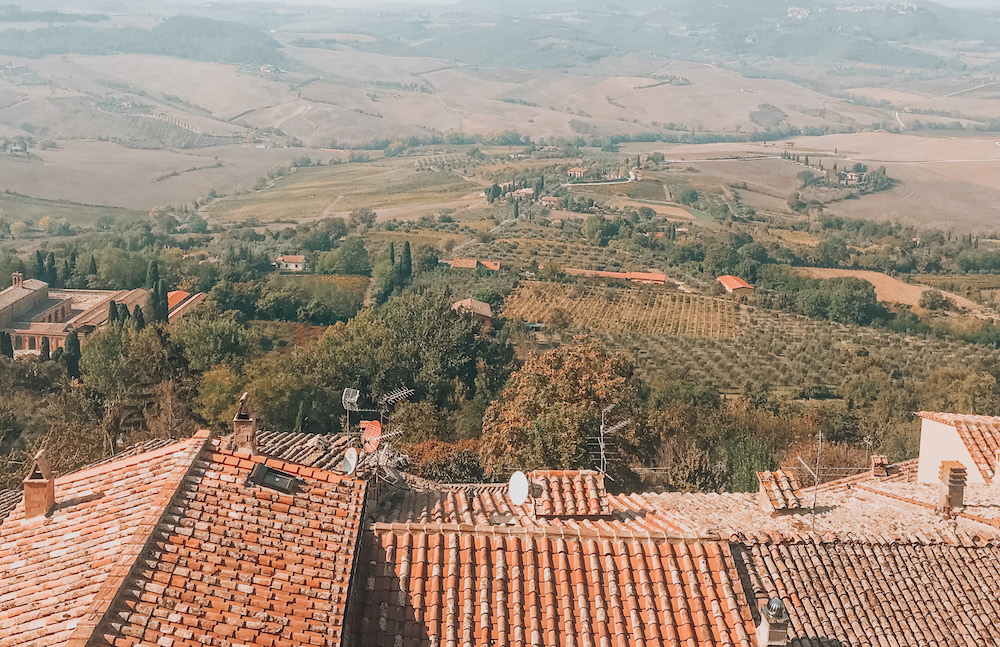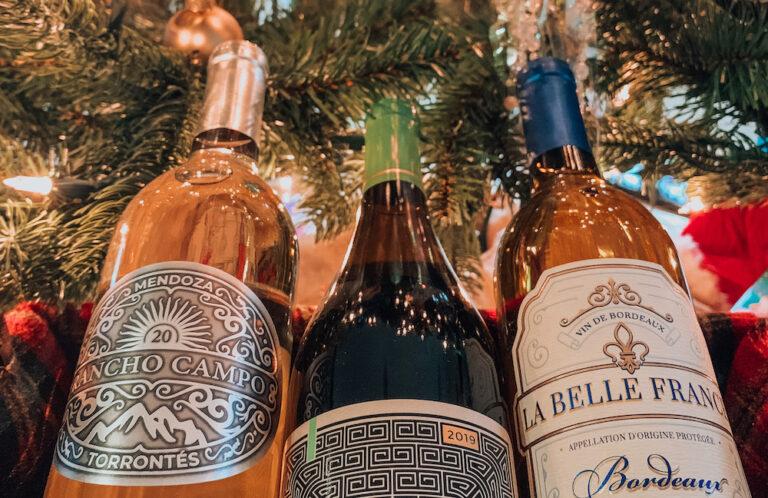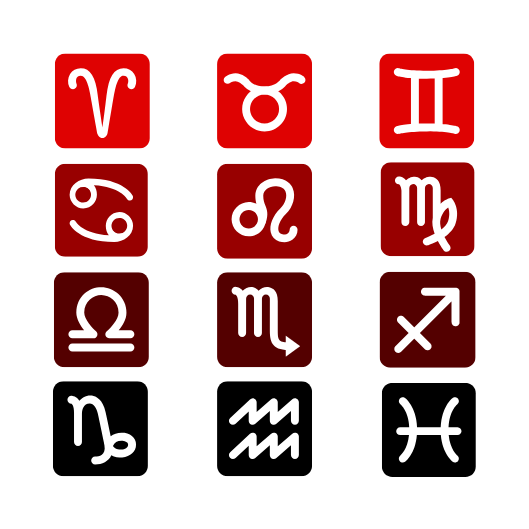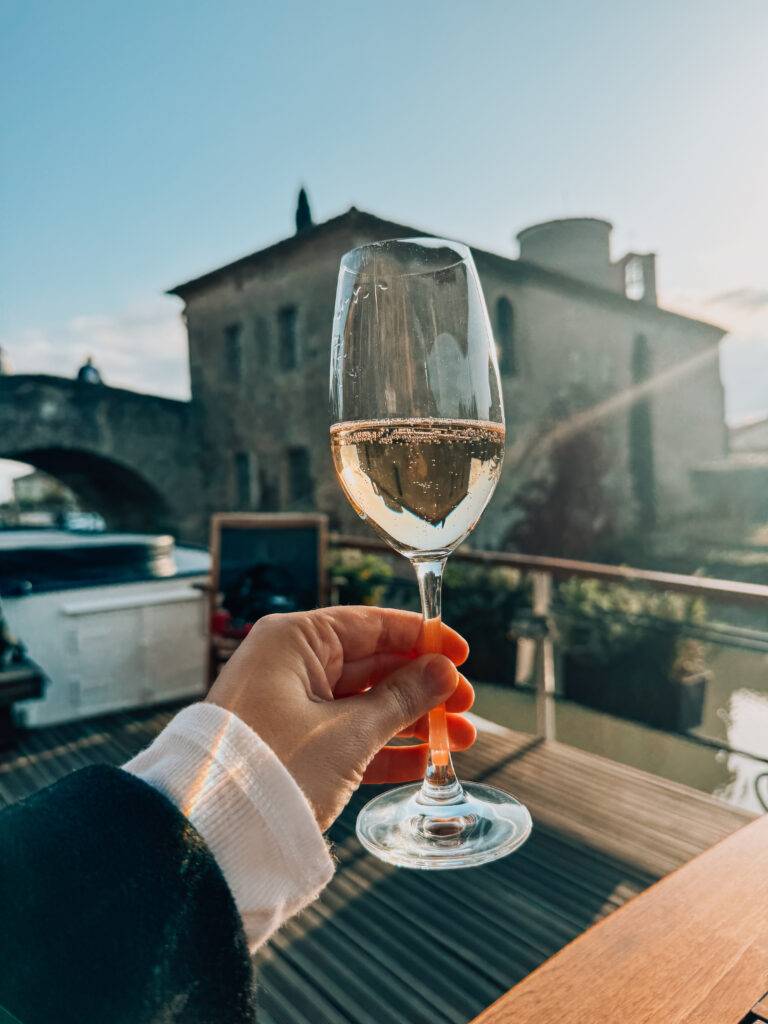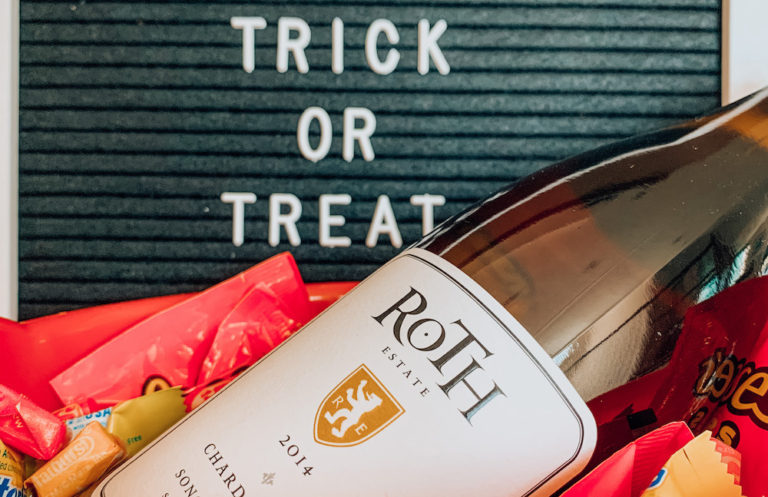Discovering the Magic of Tuscany Through Wine and Stories
Tuscany: A Place Like No Other
Tuscany is a treasure trove of history, culture, and most importantly, wine. With cities like Siena, Montepulciano, and Florence, it’s no wonder this region has long been a beloved destination for wine lovers. It borders Liguria, Emilia-Romagna, Marche, Umbria, and Lazio, with Rome just a stone’s throw away in Lazio, giving you a good sense of its geographical placement.
The region is renowned for wines like Chianti, Vino Nobile di Montepulciano, and Brunello di Montalcino, all made primarily from the Sangiovese grape. Fun fact: Sangiovese happens to be my favorite red wine grape, and it’s no surprise considering how iconic it is in this region. Tuscany, with its perfect balance of warmth and hills, is ideal for grape cultivation, allowing them to soak up sunlight while the cool, higher elevations balance the heat.
The soils vary, but a special mention goes to Galestro, a marl-like soil that’s ideal for grape growing. Clay and sandy soils pop up here and there too, adding character to the wines. It’s not all about the grapes, though. Tuscany is full of medieval villages, thermal baths, and hills that make even a trip to the supermarket feel like an adventure.
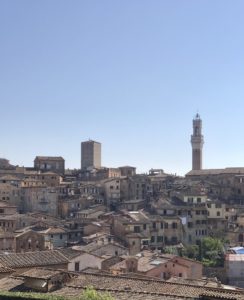
A Stroll Through Tuscany’s History
Viticulture in Tuscany dates back to the 8th century BC when the Etruscan civilization brought the first grapevines with them. Later, the Roman Empire took control of the region, leaving behind roads, aqueducts, and a long-lasting impact on the region’s wine culture. After the fall of the Empire, monasteries took over, and it was the monks who perfected the art of winemaking.
Fast forward to the Renaissance, and Tuscany was a hub of cultural and artistic genius, especially in Florence. Wine continued to thrive during this period, and in 1716, Chianti became the first officially recognized wine region in Italy. A little piece of wine history, right?
My Tuscany Adventure: A Memory of Wine and Relaxation
When I studied abroad, I had the chance to visit Montepulciano, a hilltop town famous for its Nobile di Montepulciano. A visit to Cantina De Ricci took me into the heart of a historic wine cellar, where I learned just how deeply intertwined wine is with the culture of the region. The steep hike down to the cellar was totally worth it for the chance to taste three different Nobile di Montepulciano wines. I remember the first and third wines being my favorites.
I even brought back two bottles of wine for my parents as souvenirs (and because they were absolutely delicious). For about €50, I took home two fantastic bottles of Tuscany’s finest, proving that great wine doesn’t always need a hefty price tag.
Afterward, we explored Siena, which is known for its unique 17 districts, each named after animals. The wild boar, or cinghiale, is a local delicacy, and I got to try it for the first time with pici, a thick Tuscan pasta. The pairing with local red wine was mouthwatering.
Before heading back to Rome, we relaxed in a thermal bath—a little sulfuric, but so magical. The skin benefits were real, leaving me with soft, glowing skin. A perfect way to end the trip!
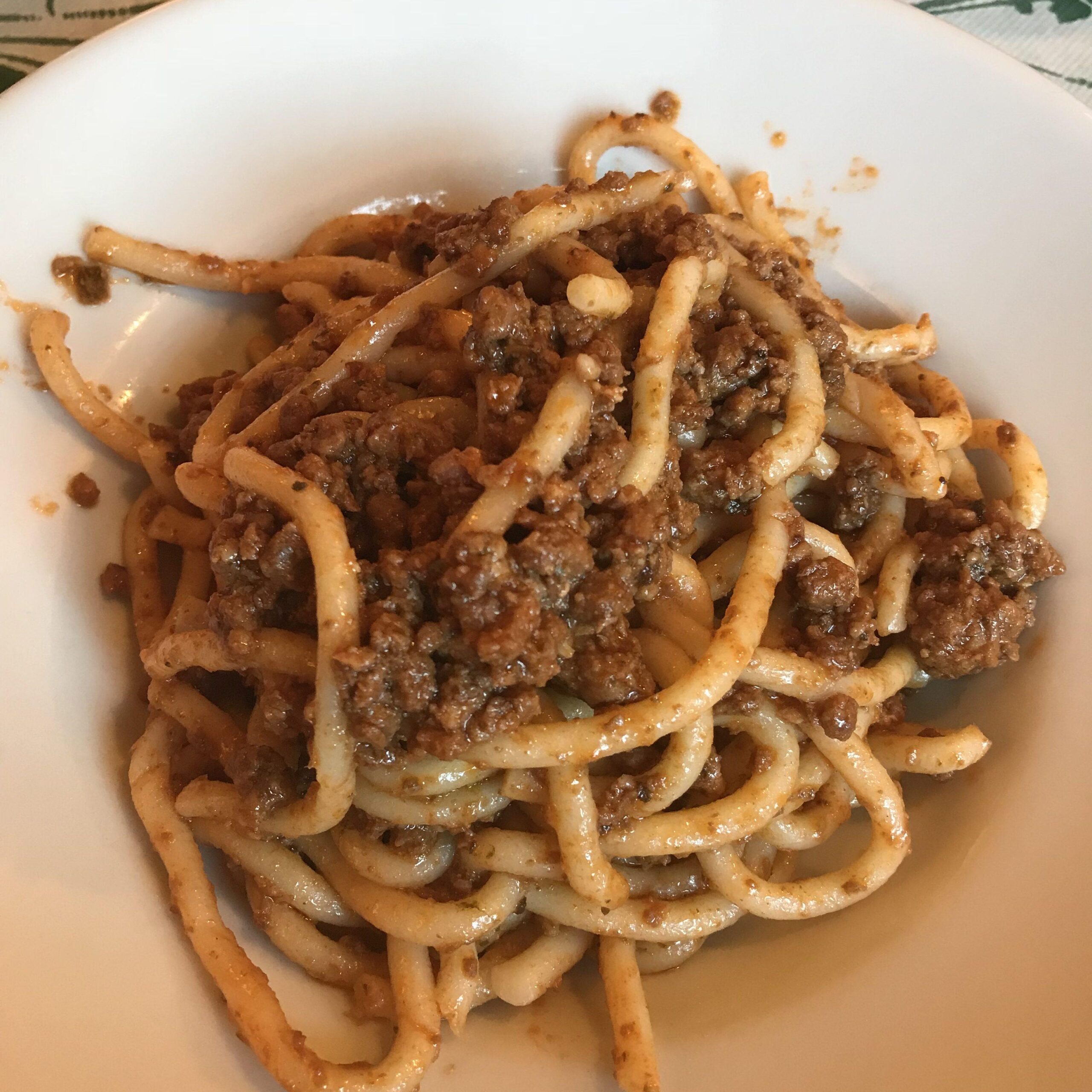
Wines to Look For (and Love)
If you’re itching to try some Tuscan wines, here are a few to start with:
-
Chianti Classico: Expect flavors of cherries, oregano, espresso, and balsamic.
-
Nobile di Montepulciano: Rich with berries, spices, leather, and tobacco.
-
Brunello di Montalcino: Bold notes of berries, chocolate, leather, and violets.
These wines are just the tip of the iceberg when it comes to Tuscany’s offerings. Next time you’re at your local wine shop, ask for some recommendations, and they’ll be happy to point you in the right direction!
A Note on Italian Wine Classifications
If you’re curious about the different levels of Italian wine, here’s a quick guide:
-
DOCG (Denominazione di Origine Controllata e Garantita) is the top-tier classification.
-
DOC (Denominazione di Origine Controllata) is the main classification, offering high quality and tradition.
-
IGT (Indicazione di Geografica Tipica) gives winemakers more freedom and creativity outside of traditional rules.
Tuscany’s wines are full of personality, history, and passion, just like the region itself. Whether you’re exploring it through a glass or on a trip, the magic of Tuscany is undeniable!


